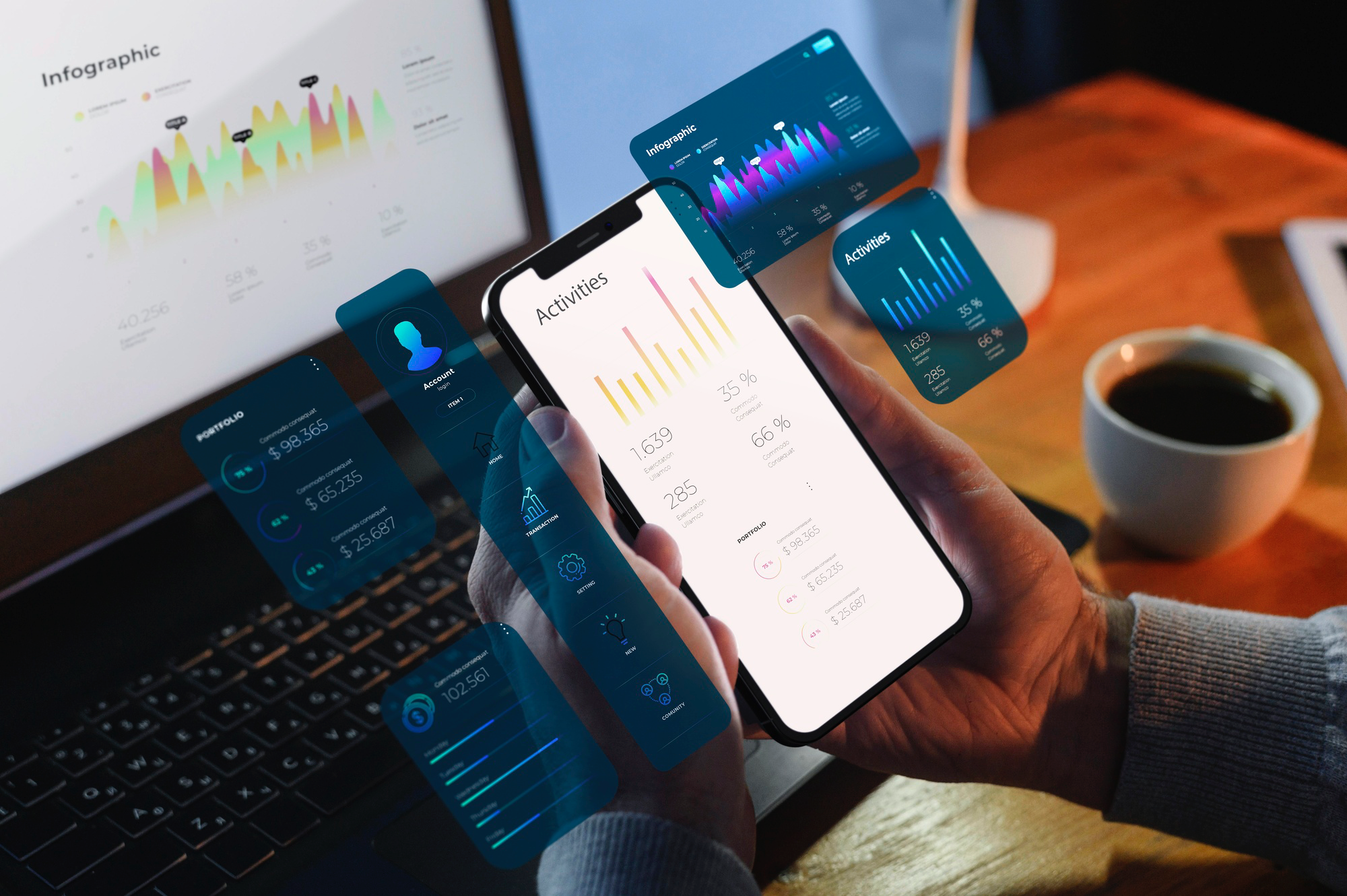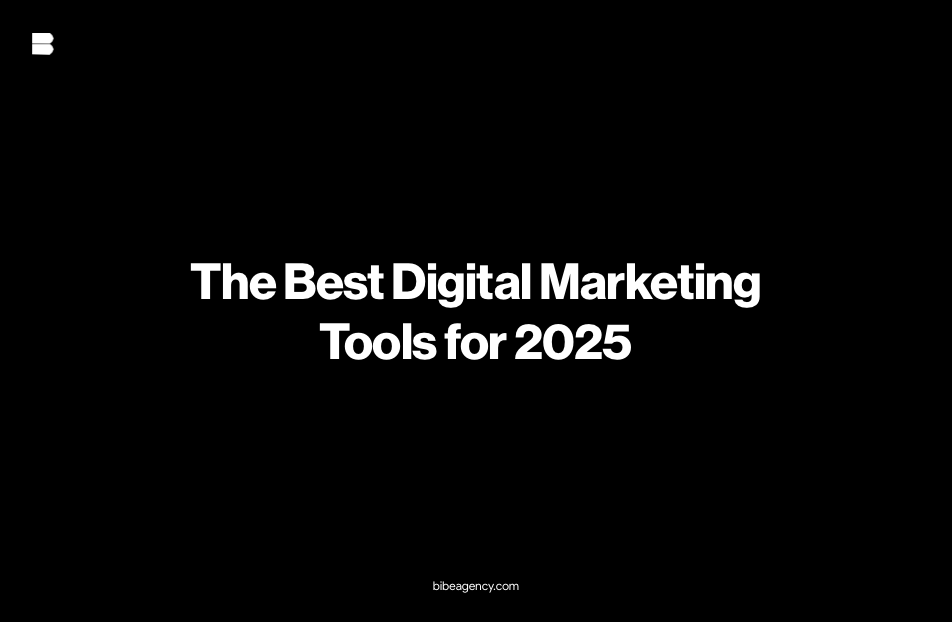Are you ready for what’s next? We tell you about some of the most powerful trends in marketing automation for this year, with tools, examples and some practical keys so you don’t get left behind.
1. Intelligent Multichannel Automation 🔁
Modern automation goes beyond email in isolation. It’s about designing connected experiences across channels so that the user feels a natural continuity between each touchpoint. This approach not only improves engagement, but also reduces friction and multiplies conversion.
Today you can automate interactions that combine:
- Email marketing
- SMS (with platforms such as Klaviyo or Sendinblue)
- In-app messaging
- Push notifications
- Whatsapp Business API
- Automated Retargeting
Example: A user abandons the cart. He receives an email. If they don’t open it, they receive an SMS the next day. If he still doesn’t convert, he sees a personalized ad while browsing other platforms. All this flow happens without anyone executing it manually, it is automation understanding the moment and deciding the most appropriate channel to act.
🧠 Predictive Lead Scoring with AI
Predictive lead scoring has replaced the rigid system of manual scoring. Thanks to machine learning, we can now assign a dynamic value to each lead based on its behavior, historical patterns and contextual data.
Current platforms integrate machine learning to predict:
- When a lead is ready to convert
- Which channel is the most effective to impact you
- What is your level of purchase intent
This makes it possible to prioritize resources, activate hyper-segmented automations and adapt the communication according to the moment in which the user is. For example, a lead who usually opens emails but does not click, may need an educational automation instead of a commercial one.
Most prominent tools: HubSpot, ActiveCampaign, Salesforce Pardot.
🧩 3. Real-Time Behavior-Based Automation
Real-time automation is based on triggers that respond to what the user is doing at that very moment. This allows you to react without delay and create much more relevant experiences.
Flows are activated based on:
- Scroll depth: if a user reads up to a certain point of a key page
- Time on page: if you spend more than X seconds, you may be considering a decision.
- Products viewed: to activate recommendations or urgency
- Custom events – captured via Google Tag Manager or GA4, such as clicks, forms or specific navigation
Example: If a user visits a specific category three times, an exclusive coupon and a personalized ad are automatically triggered. This action can increase the probability of conversion without the need for massive campaigns.
⚙️ 4. Automated Workflows with Make
Make (formerly Integromat) is one of the most powerful tools for building custom automations between different apps. It is the backbone of many modern marketing operating systems.
The advantage of Make is that you don’t need to program. You just have to be clear about the logic, “if this happens, do this”. You can, for example:
- Receive data from GA4 when a key event is reached
- Send that info to Notion to automatically classify leads
- Update a custom audience in Meta
- Notifying your sales team via Slack
All this happens in seconds, without human error, and with full traceability. Automating processes like this is like having an invisible team working in the background 24/7 for you. Cool, huh? 😏
🗣️ Real-Time Content Personalization
Personalization is no longer about saying “Hello, [Nombre]”. Now it’s about adapting each piece of your content according to where the user is in their journey with the brand, if they’ve just met you, if they’re considering options or if they’ve already bought from you. Detecting that moment allows you to offer them just the message they need to follow.
Some real applications:
- Show personalized CTAs if the user comes from email vs. social networks
- Modify email content based on previously visited pages
- Change sections of a website depending on whether it is a new, recurring or inactive customer
With these dynamics, well executed, you will be able to raise the perception of your brand, increase the time spent and, above all and most importantly, improve conversion without showing that there is a system behind it.



